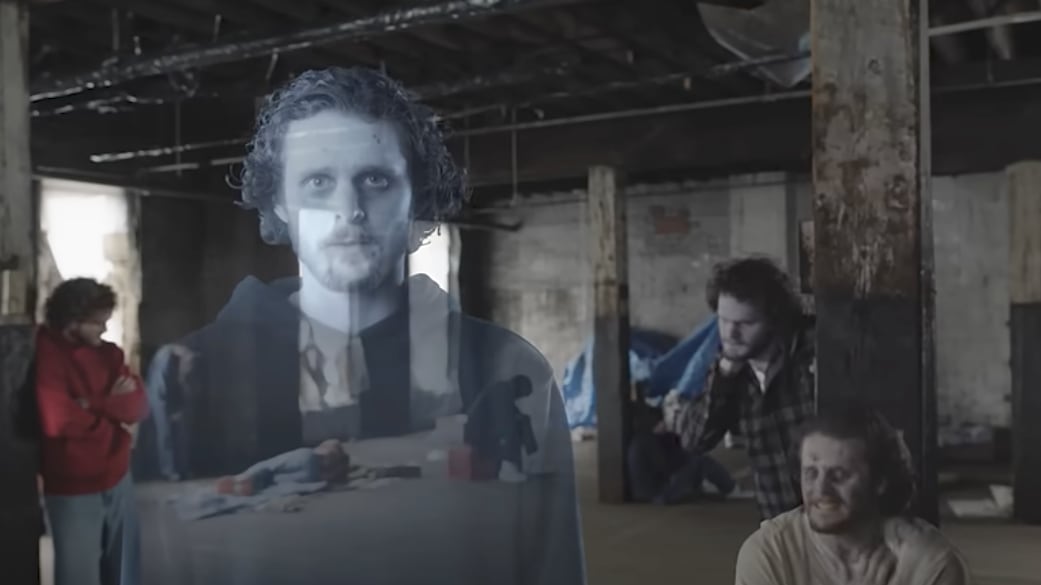
Trump-Backed Anti-Fentanyl Ads Feature Graphic Content

President Trump's Approach to the Fentanyl Crisis
Former President Donald Trump has taken a direct role in shaping the messaging around the fight against the fentanyl crisis. Recent reports highlight a series of anti-drug advertisements, personally approved by Trump, that take a strikingly graphic approach. These ads, produced by the group "Make America Fentanyl Free," aim to shock viewers into understanding the dangers of fentanyl use.
According to Axios, after the 2024 election, Trump expressed a desire for ads that would "stand out" and effectively communicate the severity of the fentanyl epidemic to cable viewers. The resulting ads go beyond typical public service announcements, depicting the devastating physical effects of fentanyl addiction in a visually arresting manner.

Inside the Anti-Fentanyl Ads
The ads show the grim realities of fentanyl addiction, featuring visuals of addicts' decaying teeth, failing organs, and skin turning blue as they transform into ghosts. These spectral figures then deliver stark warnings about the consequences of using fentanyl.
One chilling ad features a drug user dissolving into nothingness while stating, "Don’t take fentanyl. Because if you do, you’ll be dead—like me." Another depicts a woman celebrating her "best birthday party ever" before revealing it was her last due to fentanyl-laced marijuana. A ghostly basketball player somberly warns, "Just one mistake and you’re out of the game—forever."
The ads conclude with a call to action, urging viewers to "Join President Trump’s fight to end the fentanyl crisis."
Response and Reach
Since their release, the ads have garnered millions of views on YouTube. "Make America Fentanyl Free" has reportedly invested over $2.6 million to broadcast the ads on cable networks in areas heavily impacted by the fentanyl epidemic, including West Virginia, Philadelphia, Atlanta, Detroit, and Washington, D.C. The intention is to reach vulnerable populations with a powerful message about the dangers of drug use.
The Organization Behind the Ads
Danielle Alvarez, a spokesperson for Make America Fentanyl Free and a former Trump advisor, emphasized the President's deep concern about the issue. She stated that Trump has offered "great advice, including the use of vivid imagery to show Americans exactly how fentanyl destroys lives, families and communities."
It's important to note that "Make America Fentanyl Free" operates as a "dark money" non-profit, meaning its donors remain anonymous. This raises questions about the source of the substantial funding behind the ad campaign.
Fentanyl Crisis: A National Concern
The fentanyl crisis continues to be a major public health challenge in the United States. While initiatives like these aim to raise awareness and deter drug use, it's essential to consider the broader context, including access to treatment, harm reduction strategies, and addressing the underlying causes of addiction.
The use of such graphic imagery raises questions about its effectiveness and potential impact on viewers. Some may find the ads to be a powerful deterrent, while others might view them as sensationalist or exploitative.
```